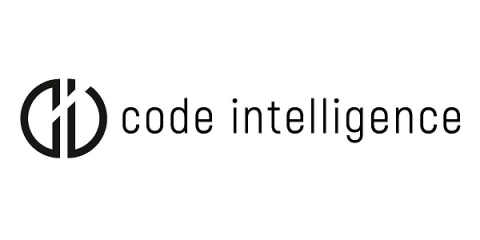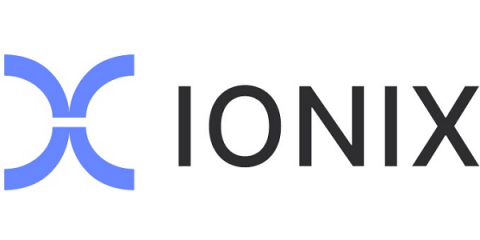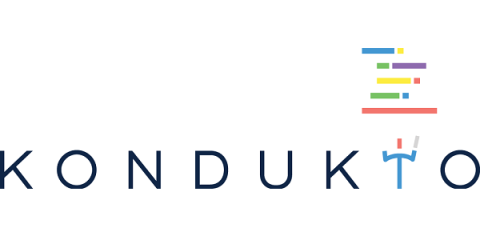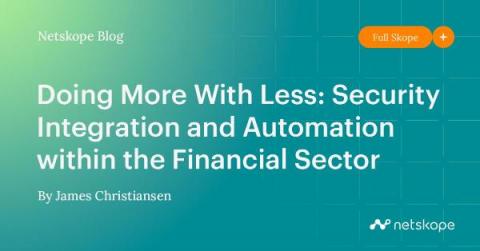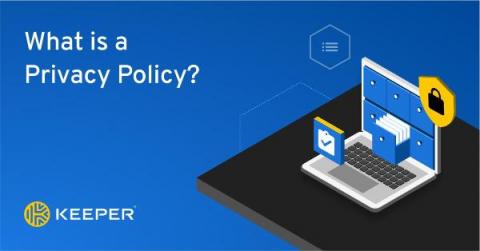Security | Threat Detection | Cyberattacks | DevSecOps | Compliance
Latest News
Code Intelligence Uncovers Expression Denial of Service Vulnerability in Spring - CVE-2023-20861
IONIX Named Leader in GigaOm Radar Report for Attack Surface Management
What is Application Security Orchestration and Correlation?
Gartner just released the Hype Cycle for Application Security 2022, and the main topic was the rise of application security orchestration and correlation (ASOC) tools. As Kondukto, we have been in "this neighbourhood" for more than 3 years; we want to take the chance to say something about "why you need an ASOC platform". As multiple security technologies need to be used at different stages of the modern software development lifecycle, the findings from various tools are creating an immense complexity for understaffed security teams.
What Is Consent Management and Why Is It Important
Dridex malware, the banking trojan
Dridex, also known as Cridex or Bugat, is a banking Trojan that has been active since 2011. The malware is primarily used to steal sensitive information, such as login credentials and financial information, from victims. Dridex is known for its ability to evade detection by using dynamic configuration files and hiding its servers behind proxy layers.
Traffers and the growing threat against credentials
The Rising Threat of Traffers report, compiled by Outpost24’s Threat Intelligence team, KrakenLabs, provides a deep dive into the credential theft ecosystem, and encourages organizations to evaluate their security measures against these evolving threats. In recent years, the theft of credentials has evolved into a highly professionalized cybercriminal activity.
Doing More With Less: Security Integration and Automation within the Financial Sector
With many financial institutions continuing to feel an impact from The Great Resignation, and seeing tighter budgets across the board in 2023, security leaders are being asked to do more with less. So far in 2023, many organizations are hesitant to hire additional staff or even backfill open positions—forcing many security leaders to make do with fewer people than in the past.
Material Security's Ryan Noon: Building & marketing a differentiated cybersecurity solution without spreading FUD
In this episode of Future of Security Operations, Thomas speaks with Ryan Noon, Founder and CEO of Material Security, a company that protects the email of high-risk VIPs and top global organizations. A serial entrepreneur and an expert on cloud security, Ryan previously ran infrastructure teams at Dropbox after it acquired his last company, Parastructure. Before that, he helped build a company spun out of Stanford by the Department of Defense.
What is a Privacy Policy?
A privacy policy is a statement that companies have on their website that informs users about the collection, processing, protection and use of their private data. Users are often prompted to review and accept privacy policies, but many of them don’t read through these policies because they don’t think it’s necessary. It’s important to read through these policies to know what information is being collected and how it’s being used.



